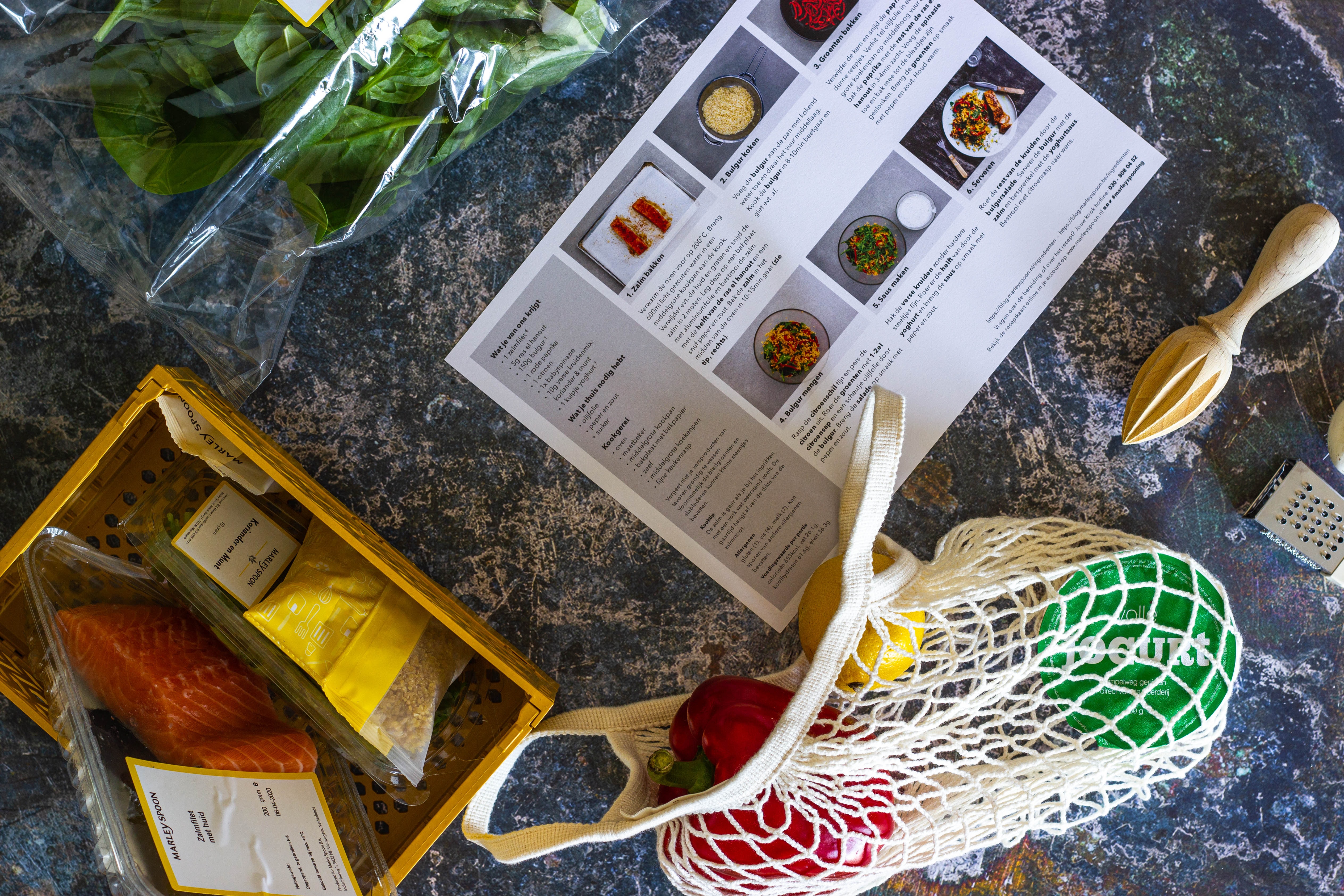
2020 may have been the year of our collective discontent, but it was also our year in the kitchen. 54% of Americans report cooking at home more this year; 46% report baking more. As soon as the lockdowns started in March, Google searches for terms like “sourdough” and “banana bread” absolutely skyrocketed. People couldn’t eat out and they had a whole lot of free time to toy with, so the desire and opportunity to recreate their favorite dishes reached new highs.
Soon, social media feeds flooded with stuck-at-home folks posting their food wins and fails. Along with so many loaves of bread.
Things continued to shift from there. As home cooking brought new skills, the general public began to investigate the supply side of their foodway. Searches for “gardening,” “growing food,” and “vertical hydroponics” all saw significant upticks (beyond their yearly springtime bumps). Meanwhile, with independent restaurants faltering, people’s understanding of the challenges faced by small businesses in the food and drink space deepened. We had frank conversations about tipping, examined the predatory practices of certain delivery models, and tested new ways of getting ingredients to our homes.
So while 2020 was incredibly trying for us all — particularly for those working in restaurants — it also led to new levels of knowledge that we’ll carry with us when the pandemic ends. And that’s worth acknowledging. Below, we dive deeper into three of the ways we’ve seen a change in how people prepare, cook, and eat food in 2020.
Growing Our Own

The increased popularity of kitchen gadgets — from sous vides to tabletop outdoor pizza ovens to air fryers — was already changing the way we cooked before the pandemic hit. Once we got stuck at home, our desire to refine our home food systems only blossomed. First, we geeked out on breadmakers and meat smokers that helped us make better food, but that passion soon extended to the ingredients themselves.
Lettuce Grow — creators of a vertical hydroponic tower for growing your own produce, called The Farmstand — saw ten times growth as a business in 2020. That equated to over a million seeds going directly into people’s homes. The feeling of resilience, without the complexity or space required of growing plants in soil, clearly appealed to a nation in upheaval.
“We offer systems with no anxiety or green thumb required, says Lettuce Grow’s CEO Jacob Pechenik. “From a technology standpoint, it’s designed to be user friendly so that anyone can master it.”
The idea that Americans, living in the land of fast food and ultra-processed ingredients, are more eager than ever to “grow their own” is an undeniable step towards better understanding our food system. With luck, it will lead to more independence and wider curiosity about the ways the factory-based model is failing us.
DIY

As we mentioned above, people started baking bread more at home during quarantine. A lot more. Google’s Year in Search 2020 revealed a long list of food-related searches that spiked over this past year. But it was about a lot more than just Google searches.
The hashtag for “sourdough” on Instagram has 4,183,483 posts. And if you want to get even more esoteric about the connection between food and social media, this year’s most-liked Instagram post wasn’t from a celebrity or model. It was of an egg. Yes, seriously. At the end of last year, the egg had already beat Kylie Jenner’s most famous post with north of 18,000,000 likes, but the humble egg added another 36,000,000 likes this year. (This probably speaks more to how we used apps to cure boredom in 2020 than food, but still…)
Another internet recipe turned viral craze was “Whipped Coffee” which came in third overall in Google searches in the “How to make…” category and second place in the “food” category. The social media darling of a drink/recipe moment was so popular our own Dane Rivera had to test it out to see what all the fuss was about.
We also saw an uptick in traffic on recipe posts here on UPROXX, with the following entries making massive impacts with readers.
- After The Oscars, Everyone Wants Ram-Don From ‘Parasite’ — Here’s How To Make It
- We Made The Burger From The Season Finale Of ‘Better Call Saul’
- Make This Easy Hand-Torn Pasta Instead Of More Sourdough
- It’s Time You Learned To Make Fettuccine Alfredo The Original Way
Food Delivery

Finally, food delivery changed in 2020. We’re not talking about food delivery from restaurants, although that changed pretty drastically too. (And needs to continue to change.)
Online meal-kit delivery services grew by 12.8 percent over 2020. It’s not hard to see why. With people stuck home and wanting to cook more but often without any of the preexisting skills necessary to do so, meal kits became the perfect gateway to culinary independence.
On the flip side, farmers, local-producers, brewers, and even fishermen skipped the middle-man of distribution and started selling directly to the consumer, a trend that began before COVID but saw new growth during the quarantine. If you want restaurant-quality seafood or specialty greens or fresh eggs or whatever, you can source those items easier than ever. Even Japanese a5 wagyu beef — once an item that few restaurants in the country could get their hands on — is available at home thse days.
The Chicago-Tribune noted recently that some small, local farms are doing better than ever — highlighting how farms have adjusted their business plans so that if restaurants start ordering again, farm groups “can continue to serve the consumer market” going forward. In short, public access to food straight from the people who grow or raise it isn’t going anywhere in 2021.
